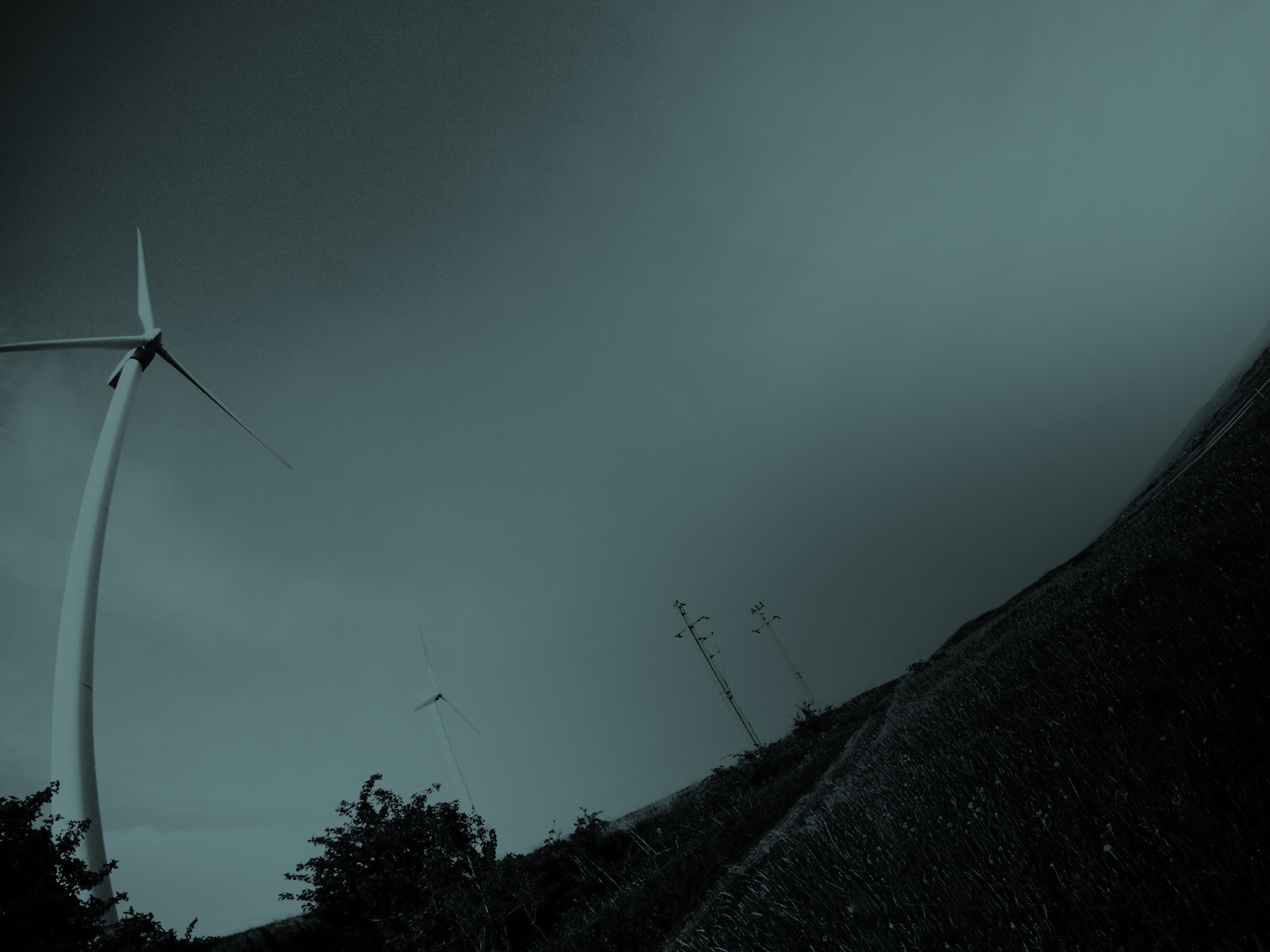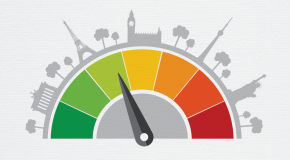After 15 years of average cumulative growth rates of about 28%, global commercial wind power installations in about 80 countries at the end of last year averaged 240 gigawatts (GW). They are expected to reach 280 GW by the end of 2012, providing 2.5% of global electricity supply and saving approximately 400 million tons of carbon dioxide emissions. Mid-line projections have the industry supplying 8% of global electricity supply in 2020, saving over 1.1 billion tons of CO2 annually, and depending on the pace of economic growth and new emission reduction targets, it could well top 10 or even 12% of global electricity supply by the end of the decade.
China is now firmly established as the world’s leading market, installing nearly 18 GW in 2011 to bring its total capacity to over 62 GW, and the government has ambitious targets for the future. The United States is the world’s second biggest market, and is expected to have a banner year in 2012, though with a precipitous drop off in 2013 due to highly politicised energy policy. India and Brazil are the two fastest growing markets globally. In fact, in both 2010 and 2011, the majority of installations worldwide were outside the Organisation for Economic Co-operation and Development (OECD), driven both by clear policies and growing electricity demand.
Wind industry is a central part of the European Union’s strategy to reach 20% of final energy consumption from renewable energy by 2020, and a central part of its emissions reduction strategy. Already providing over 6% of the EU’s electricity, this number is set to more than double by the end of the decade. However, the recent upheaval within both the commercial banking sector and the eurozone have slowed its progress in southern Europe.
Due to both technology improvements and market forces, wind equipment costs have come down significantly in the past few years. This is making wind farms cost-competitive and allowing them to compete for market share against subsidised incumbents. Offshore wind is, in development terms, where onshore wind was 15 years ago – as it scales up, costs will come down.
The growth of wind power is taking place against the backdrop of a highly publicised and often politicised debate about support for clean energy technologies in the absence of an effective price on carbon, air pollution, water pollution or fresh water consumption – these total about 60 billion USD per year globally, about half of which goes to renewable electricity technologies. In comparison, politicians seem reticent to scale back on the 600 billion USD subsidies (according to the International Energy Agency) that are expected to go to fossil fuels in 2012.
Wind power is a central player in our energy future. Whether it will supply 15, 20, or 30% or more of our electricity by 2050 will depend on a complex set of forces.
This post is part of a series for the Global Energy Conversation, supported by Shell. For more information, visit the Global Energy Conversation website
The views and opinions expressed in this article are those of the authors and do not necessarily reflect the views of The Economist Intelligence Unit Limited (EIU) or any other member of The Economist Group. The Economist Group (including the EIU) cannot accept any responsibility or liability for reliance by any person on this article or any of the information, opinions or conclusions set out in the article.




